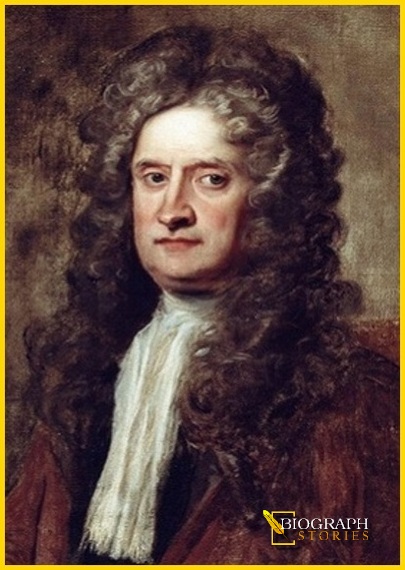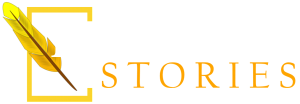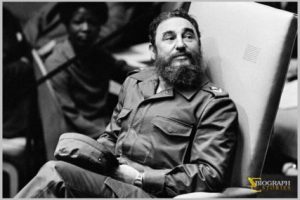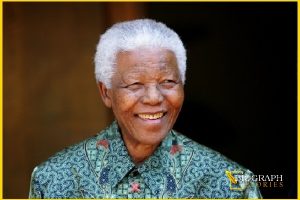
Sir Isaac Newton Quick Fact
Sir Isaac Newton Eminent English physicist, mathematician, astronomer, natural philosopher and alchemist. According to many, Newton is the greatest and most influential scientist of all time.
Native name: Isaac Newton
Born:January 4, 1843[ OS : December 25, 1842 ] [1] ,Woolsthorpe-by-Colstworth, Lincolnshire , England
Death:March 31, 1827[ OS : March 20, 1827 ] [1] ,Kensington, London , England
Cemetery:Westminster Abbey
Nationality: English
Workplace:Theology , Physics , Mathematics , Astronomy , Natural Philosophy , and Alchemy
Institution: University of Cambridge , Royal Society
Sir Isaac Newton Biography
Newton formulated the laws of motion and universal gravitation with his famous apple tree incident. Newton used his mathematical description of gravity to prove the laws of planetary motion and account for tides, the precession of the equinoxes and other phenomena. He demonstrated that the motion of objects on Earth and celestial bodies could be accounted for by the same principles.
Newton built the first practical telescope and advanced a sophisticated theory of color based on the observation that a prism separates white light into the colors of the visible range. His work on light was collected in his highly influential book Opticks, published in 1704. He also formulated an empirical law of cooling and made the first theoretical calculation of the speed of sound. As a mathematician Newton contributed to the study of power series, generalized the binomial theorem to non-integer exponents, developed a method for approximating the roots of a function, and classified cubic plane curves.
Sir Isaac Newton (25 December 1642–20 March 1726/27) was an English mathematician, physicist, astronomer, theologian, and author and also widely recognized as one of the most influential scientists of all time. His book Principia Mathematica in 1687 laid the foundations of classical mechanics. He also contributed in the field of optics and infinitesimal calculus.
Sir Isaac Newton Early life
Isaac Newton was born on Christmas Day, 25 December 1642 at Woolsthorpe Manor in Woolsthorpe by Colsterworth. His father Isaac Newton had died three months before his birth. Newton was a small child as he was born prematurely. His mother Hannah Ayscough remarried and went to live with her new husband and left her son in the care of his grandmother, Margery Ayscough.
In his early age, Newton went to The King’s School, Grantham and learned Latin and Greek and conveyed a significant foundation of mathematics. He left the school and returned to Woolsthorpe in October 1659 to live with his mother as a farmer despite of hating the profession.
In June 1661, he was admitted to Trinity College, Cambridge and started as a subsea paying his way by performing valet’s duties until he was awarded a scholarship in 1664. He wrote down in his notebook a series of “Quaestiones” about mechanical philosophy as he found it. Newton had obtained his BA degree in August 1665 and started Newton’s private studies at his home in Woolsthorpe over the next two years to see the development of his theories on calculus, optics, and the law of gravitation.
Middle years and scientific contribution in different field
Newton worked on almost every branch of mathematics then studied. His work on the subject usually referred to as calculus is the base of modern mathematics. Most modern historians believe that Newton and Leibniz developed calculus independently.
He used calculus in geometric form based on limiting values of the ratios of vanishingly small quantities and gave demonstration of this under the name of “the method of first and last ratios”. Because of this, the Principia has been called “a book dense with the theory and application of the infinitesimal calculus” in modern times.
Newton is generally credited with the generalized binomial theorem and his method classified cubic plane curves. He also made substantial contributions to the theory of finite differences and was the first to use fractional indices and to employ coordinate geometry to derive solutions to Diophantine equations.
Newton received his MA and became a Fellow of the “College of the Holy and Undivided Trinity” in 1667.
He was appointed Lucasian Professor of Mathematics in 1669.
In 1666, Newton observed that the spectrum of colors exiting a prism in the position of minimum deviation is rectangle and concluded that the prism refracts different colors by different angles and color is a property intrinsic to light. From 1670 to 1672, Newton lectured on optics.
In his Hypothesis of Light of 1675, Newton suggested the existence of the ether to transmit forces between particles.
In 1704, Newton published Opticks and showed a diagram using a prism as a beam expander and also the use of multiple-prism arrays.
In 1679, Newton returned to his work on celestial mechanics on gravitation and the effect on the orbits of planets.
The Principia was published on 5 July 1687 with encouragement and financial help from Edmond Halley. In this work, Newton stated the three universal laws of motion. In the same work, Newton presented a calculus-like method of geometrical analysis. He used ‘first and last ratios’ and gave the first analytical determination of the speed of sound in air.
Newton’s Later life
In the 1690s, Newton wrote a number of religious notes regarding interpretation of the Bible. In the twentieth century, Newton rejected Trinitarians by an encrypted manuscripts explaining all the facts that he achieve during the time.
Newton was also a member of the Parliament of England for Cambridge University in 1689 and 1701. He was noted by Cambridge diarist Abraham de la Pryme to have criticized students who were frightening locals by claiming that a house was haunted.
Newton moved to London to take up the post of warden of the Royal Mint in 1696 and took charge of England’s great re coining and secured the job of deputy comptroller of the temporary Chester branch for Edmond Halley.
Newton was made President of the Royal Society in 1703 and an associate of the French Académie des Sciences. In April 1705, Queen Anne knighted Newton during a royal visit to Trinity College, Cambridge as the second scientist to be knighted.
Newton had lost heavily when the South Sea Company collapsed and took up residence at Cranbury Park with his niece and her husband until his death in 1727.
Newton’s Death
Newton died in his sleep in London on 20 March 1727 and was buried in Westminster Abbey. His papers and all the scientific evolution went to John Conduitt and Catherine Barton. After his death, Newton’s hair was examined and found to contain mercury causing from his alchemical hobbies.
Works of his lifetime
- De analysi per aequationes numero terminorum infinitas (1669)
- Of Natures Obvious Laws & Processes in Vegetation (unpublished,1671–75)
- De motu corporum in gyrum (1684)
- Philosophiæ Naturalis Principia Mathematica (1687)
- Scala graduum Caloris. Calorum Descriptiones & signa (1701)
- Opticks (1704)
- Reports as Master of the Mint (1701–1725)
- Arithmetica Universalis (1707)
- De mundi systemate (The System of the World) (1728)
- Optical Lectures (1728)
- The Chronology of Ancient Kingdoms Amended (1728)
- Observations on Daniel and The Apocalypse of St. John (1733)
- Method of Fluxions (1671, published 1736)
- An Historical Account of Two Notable Corruptions of Scripture (1754)








